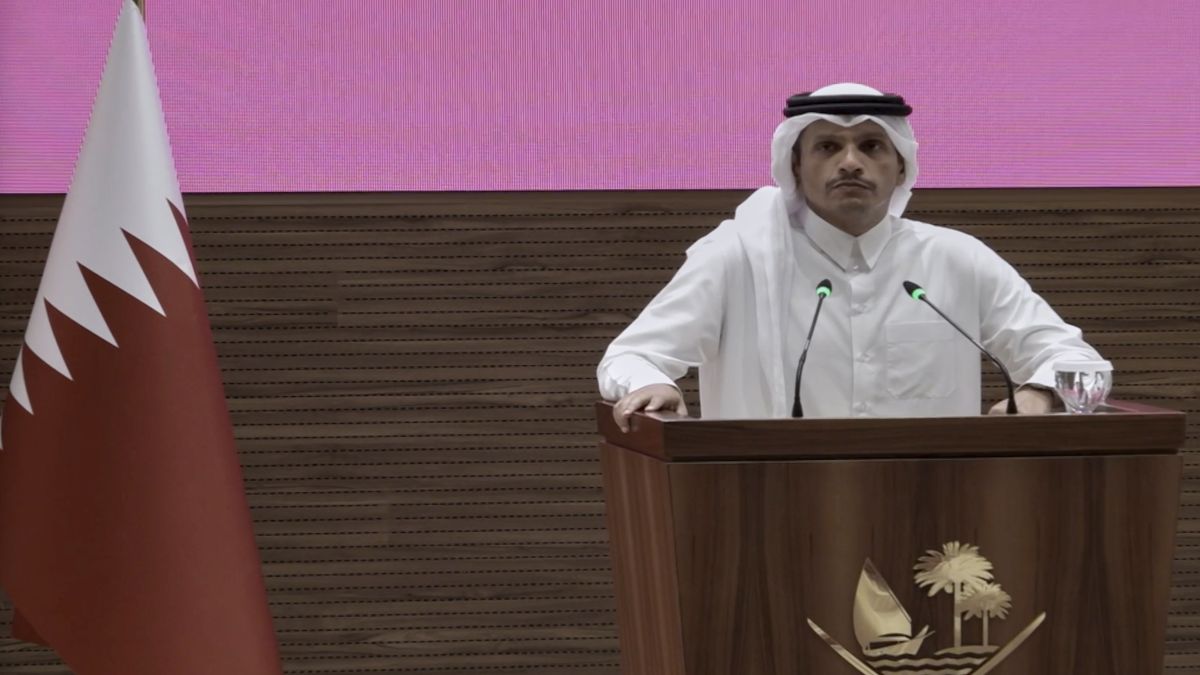Last Updated:
For the first time, obesity has surpassed underweight globally as the most common form of malnutrition among school-aged children and adolescents

For the first time, obesity has surpassed underweight globally as the most common form of malnutrition among school-aged children and adolescents. (Image: Vecteezy)
India is facing a fast-escalating obesity crisis, with overweight and obesity rates rising across all age groups from under-five children to adolescents and adults, according to UNICEF’s Child Nutrition Global Report, 2025, launched on Thursday.
Experts warn that unless urgent measures are taken, the country risks reversing hard-won gains in child health and pushing millions into lifelong poor health.
Recommended Stories
For the first time, obesity has surpassed underweight globally as the most common form of malnutrition among school-aged children and adolescents. The report notes that today one in ten children worldwide—nearly 188 million—lives with obesity. Once considered a disease of affluence, obesity is now spreading rapidly in low- and middle-income countries, including India.
Marie-Claude Desilets, chief, nutrition, UNICEF India, has warned of future consequences. “With this high level of media exposure and easy access to unhealthy food, India is also following the same global trend with rapid rise in children and adolescents with overweight and obesity. The country is beginning to face the triple burden of malnutrition—stunting & wasting, micronutrient deficiencies and obesity—often coexisting in the same family or even the same person. India has a unique opportunity to act now to prevent overweight and obesity in children.”
In South Asia, the prevalence of overweight among school age children and adolescents is among the lowest of all regions but is rising at a fast pace. To better understand the food
environments in and around schools, UNICEF conducted a U-Report poll in 2023 among
adolescents aged 13–19 across eight South Asian countries, including India. The poll explored both the availability and marketing of food in secondary schools.
Among these adolescents, about three-quarters (77 per cent) said freshly cooked meals are available. However, less than half (49 per cent) reported access to fresh vegetables and/or fruit. “In contrast, unhealthy foods and beverages were disturbingly common, including packaged snacks (61 per cent), fast foods (55 per cent) and sugar-sweetened beverages (55 per cent). In fact, more students reported these products as available than fresh vegetables/fruit in Bangladesh, India, Pakistan and Sri Lanka.”
The report highlighted a worrying trend. “Marketing also plays a powerful role in shaping food choices. Almost one in two respondents (47 per cent) reported seeing food brands and logos within their schools—ranging from one in four students in Afghanistan to more than half in India.”
Sharp rise across age groups
India’s National Family Health Survey (NFHS) data shows that overweight and obesity prevalence among under-five children has risen by 127 per cent in just over a decade, from 1.5 per cent in 2005–06 (NFHS-3) to 3.4 per cent in 2019–21 (NFHS-5). Among adolescents, the surge is even sharper: rates increased by 125 per cent among girls (2.4 to 5.4 per cent) and 288 per cent among boys (1.7 to 6.6 per cent).
Adults are no exception. The prevalence among women jumped 91 per cent (12.6 to 24 per cent), while among men it grew 146 per cent (9.3 to 22.9 per cent) in the same period. By 2030, India is projected to be home to over 27 million children and adolescents (5–19 years) living with obesity, accounting for 11 per cent of the global burden.
Warnings from UNICEF
A UNICEF U-Report poll among adolescents and young adults in 171 countries found that over two-thirds are exposed to food marketing, with 75 per cent seeing ads for sugary drinks, fast food or snacks in the previous week, mostly on social media.
“Without urgent action through stronger policies… India risks reversing hard-won gains in child health and locking millions into a lifetime of poor health,” cautioned Arjan De Wagt, UNICEF India’s Deputy Representative for Programmes.
About the Author

Himani Chandna, Associate Editor at CNN News18, specialises in healthcare and pharmaceuticals. With firsthand insights into India’s COVID-19 battle, she brings a seasoned perspective. She is particularly pass…Read More
Himani Chandna, Associate Editor at CNN News18, specialises in healthcare and pharmaceuticals. With firsthand insights into India’s COVID-19 battle, she brings a seasoned perspective. She is particularly pass… Read More
September 11, 2025, 15:39 IST
Loading comments…
Read More




)